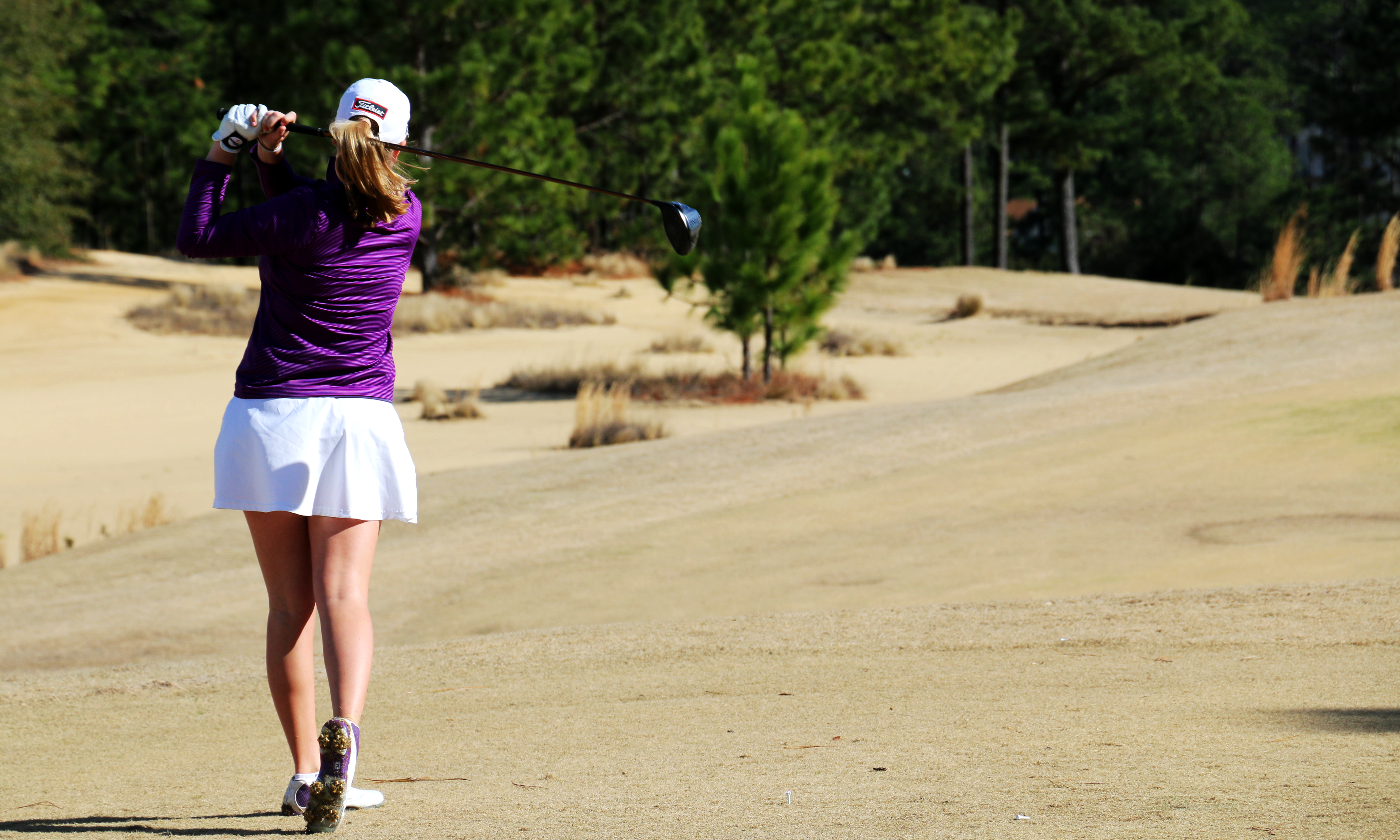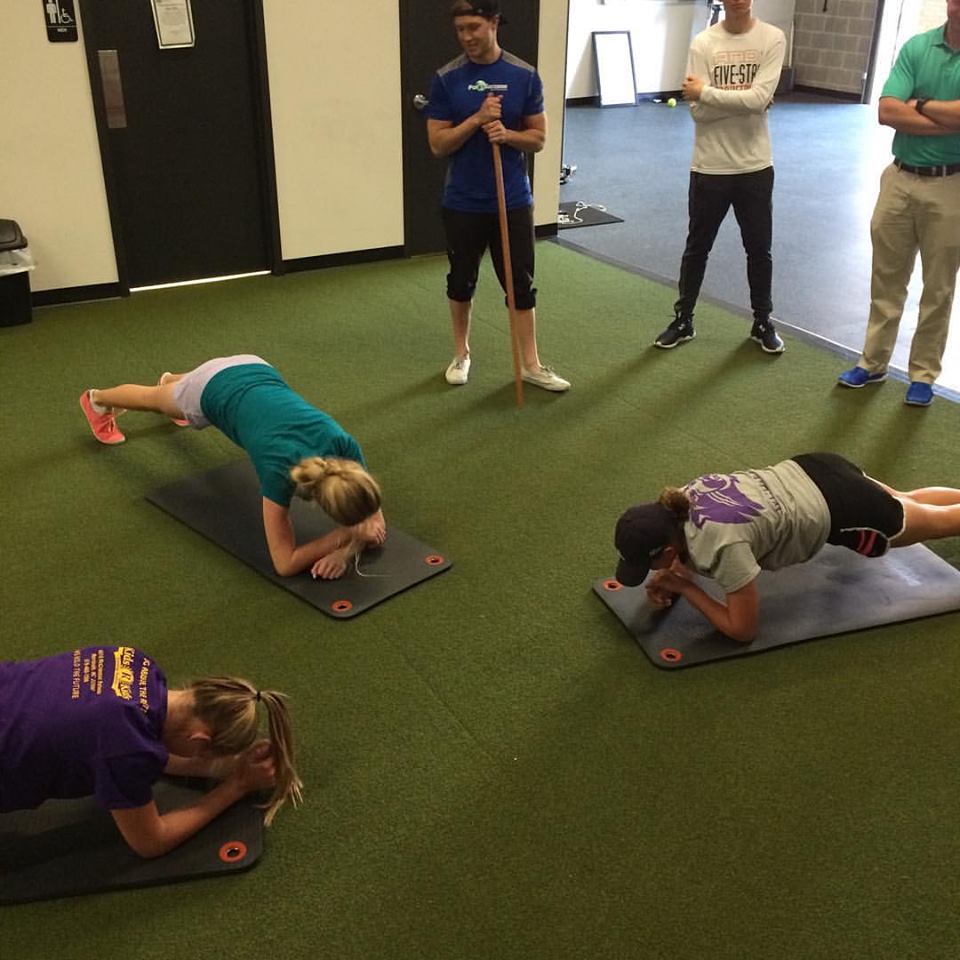This article is part of a guest series to the RecruitPKB “Complete Golfer” program by Chris Finn, MSPT, CSCS, owner of Par4Success in Cary, North Carolina.
- Why is offseason training important?
For any athlete, off season training is vital to improving year after year. This is prime time to make strength, speed and performance changes. If you need to build muscle, speed, power or improve flexibility, the off season is the time to make that a priority. For Golf there really is not a true “off season”. The best time to make serious gains will be in the winter, when you are still playing, but can afford to make training a priority.
- Who should do offseason training?
Everyone. The priorities will be different but every golfer, to some degree, should train during the offseason. For younger players this could be as simple as general athletic development and nothing sport specific. For older players this could include varying levels of speed, power, core strength and golf specific training..
- What should I be doing?
This will differ from athlete to athlete and honestly the only way to get the 100% correct answer is to see a golf fitness expert. In general though, every golfer needs to be sure they are proficient and strong with the following general movements: squatting, hinging, pushing, pulling and rotating. All golfers also need to train to be flexible, have control of their core (hips, abs, spinal muscles, shoulder blades, etc) and be able to move quickly with power in a safe and efficient manner.
A necessary place to start is going thru a Golf Fitness Evaluation to identify specific areas you need to work on. If you are new to training you should take the time to develop a solid foundation under the guidance of an expert and go from there. If you’re a veteran, taking the first few weeks to do mobility and prepare, then continuing to build on what you’ve accomplished in the past might be appropriate. The offseason is the time to push it in the gym. You aren’t playing as much so any soreness that comes with the training necessary to make gains will be less impactful on your performance on the course.
- What are the priorities?
Priorities in offseason training will differ from player to player. But a few things remain the same. Your first priority should be to address mobility. You cannot properly recover from the season and start training right if you have serious mobility restrictions. Once you have laid a solid foundation you should prioritize getting stronger, then getting faster at applying the new strength you have. This will result in more power and thus more distance. At the end of the day, your priority is to get better at any physical skill that will support your golf game and lower your scores; this is where a golf fitness expert and golf fitness evaluation are immensely valuable to you.
- What should I expect to come from offseason training?
You should expect to put in work.
If you are committed, you should expect it will be time consuming. One hour a week is not going cut it. You should be doing something every day…even if that something is just foam rolling at home. You will need to be diligent and keep up with your workouts and your recovery.
You should anticipate that your distances will change.
The result of your hard work will be more distance. Spend time early in the spring learning your new distances. Your extra 15 yards is of no use if you don’t know that it’s there. Even if you just get more mobile and stable in the off season you will still see changes. Pay attention to changes in distance so you can use the right clubs during a round.
You should expect to be sore.
You will be sore the first few weeks. Get over it. There is no way around it unless you are short changing yourself by being lazy and not putting in work. You can do things to facilitate quicker recovery, or to be less sore, but you cannot eliminate it entirely.
Anticipate it, and train enough so its effects are minimized. We hit it hard in the offseason so that you don’t have that soreness in season. That being said, there’s a difference between “sore” and just completely overboard. For a person new to training, 2-3 days of soreness after a workout is not uncommon in the first few weeks. Beyond that, however, is a sign you may have gone too far.
For more information, contact Chris Finn, MSPT, CSCS, TPIMP at Par4Success, www.par4success.com, 919-377-2084.








Leave A Comment